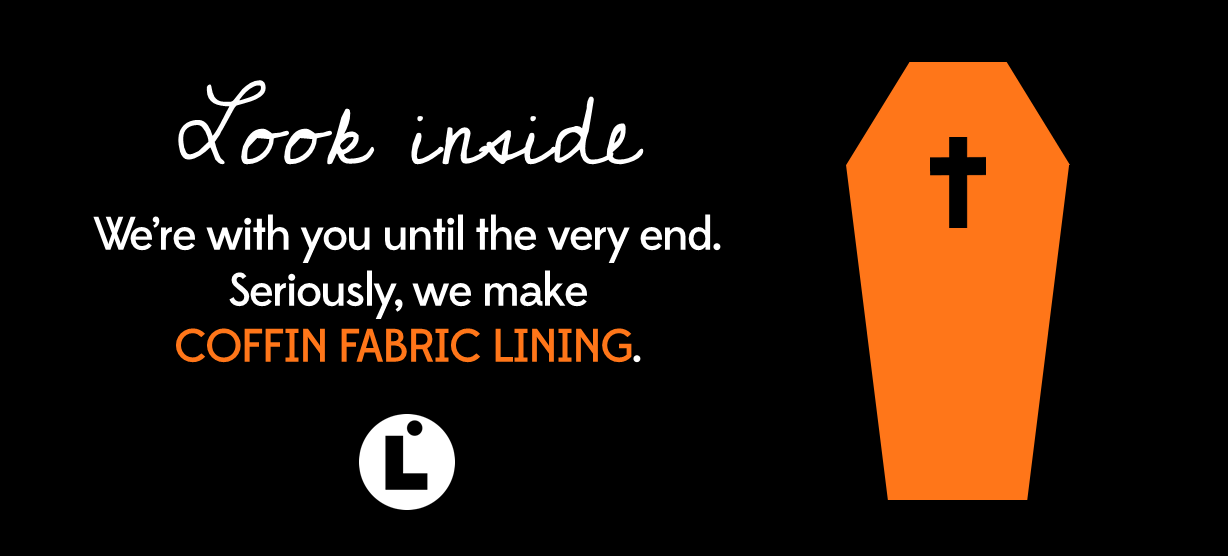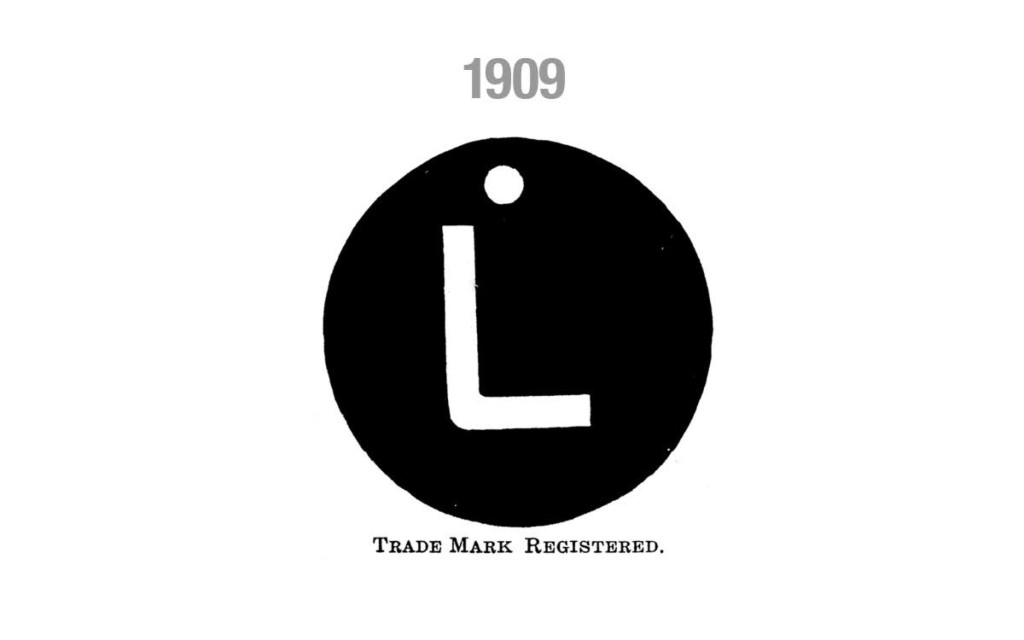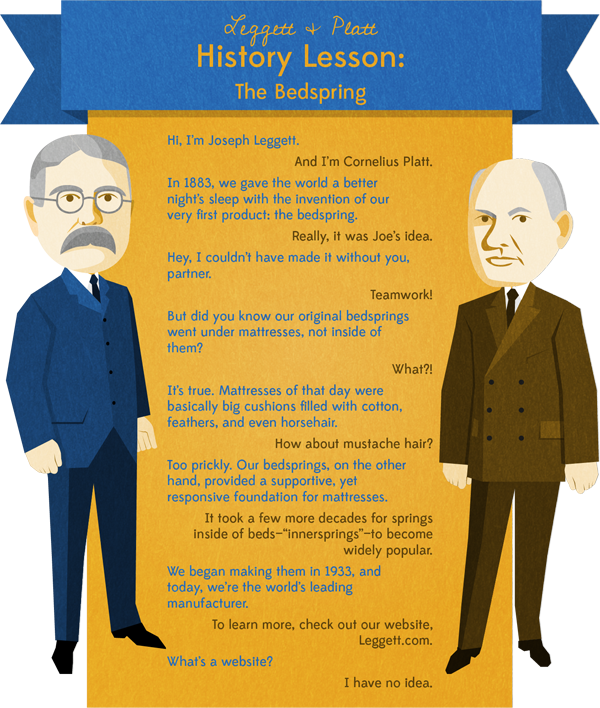There are 130-plus employees in Leggett & Platt’s IT department and well over half of them manage either people or projects. As an entry-level IT employee, I get to work with all the management-style combinations you could imagine on a daily basis. It used to make my head spin, so I categorized managers (with the help of trainingmag.com terminology) into 3 main management styles. Then I analyzed the characteristics and came up with ways I could dazzle ‘em all.
 The Directing Management Style
The Directing Management Style
Managers who use this style tell employees what to do, how to do it, and when it needs to be done. They like to poke holes in your arguments, they like to be in full control, and—if we’re all being honest— they can be a little intimidating. They know what they want and they expect no less than their vision (which is often brilliant). Continue reading






 33 Things Everyone Should Stop Doing In Their 30s
33 Things Everyone Should Stop Doing In Their 30s
 Our copywriters picked their favorite–or least favorite–articles of the week to share. Bonus: they weigh in with their own opinions through some back-and-forth conversation.
Our copywriters picked their favorite–or least favorite–articles of the week to share. Bonus: they weigh in with their own opinions through some back-and-forth conversation.